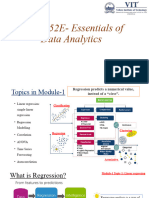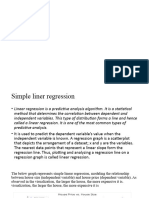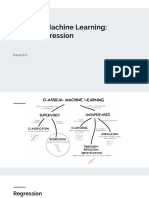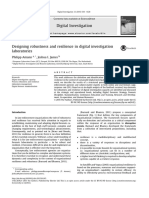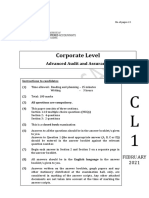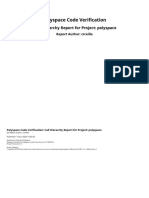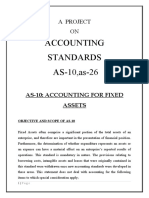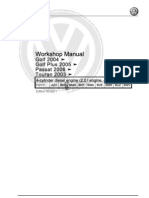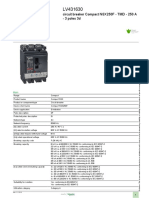0% found this document useful (0 votes)
12 views48 pagesLecture3 4
The document outlines a course on Statistics for Data Science, focusing on correlation and regression analysis. It covers key concepts such as correlation coefficients, types of regression, and important terminologies related to regression analysis, including outliers, multicollinearity, and heteroscedasticity. Additionally, it discusses model accuracy metrics and provides examples of implementing regression models using R software.
Uploaded by
Mohamed RomanceCopyright
© © All Rights Reserved
We take content rights seriously. If you suspect this is your content, claim it here.
Available Formats
Download as PDF, TXT or read online on Scribd
0% found this document useful (0 votes)
12 views48 pagesLecture3 4
The document outlines a course on Statistics for Data Science, focusing on correlation and regression analysis. It covers key concepts such as correlation coefficients, types of regression, and important terminologies related to regression analysis, including outliers, multicollinearity, and heteroscedasticity. Additionally, it discusses model accuracy metrics and provides examples of implementing regression models using R software.
Uploaded by
Mohamed RomanceCopyright
© © All Rights Reserved
We take content rights seriously. If you suspect this is your content, claim it here.
Available Formats
Download as PDF, TXT or read online on Scribd
/ 48













































